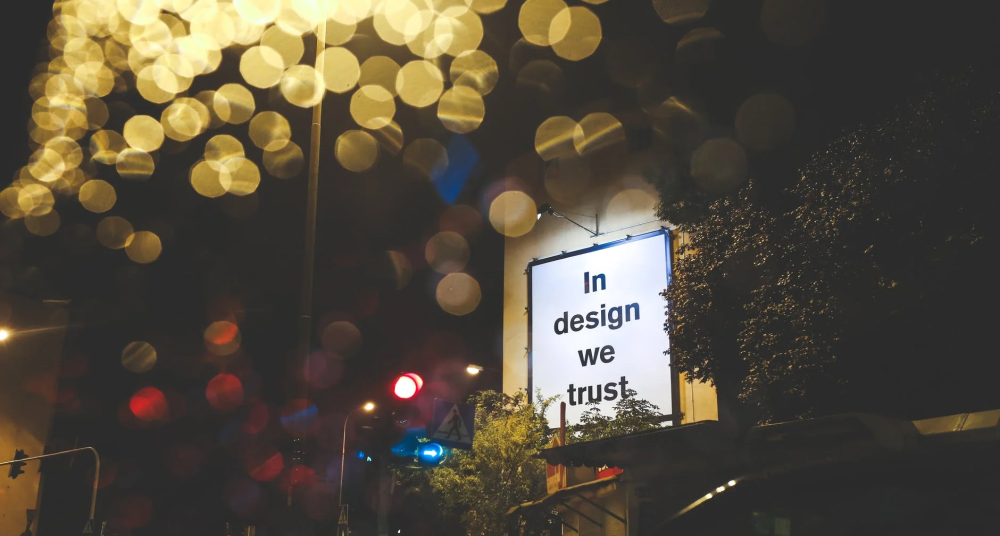
Has Design Come Full Circle?
If you’ve been around long enough in the world of software development or product development in general, you will probably agree when I say that design has come almost full circle.
There was a time when design felt heavy, complicated, and oddly disconnected from the actual work of building things. Back then, most industries followed rigid, step-by-step processes—hierarchical, waterfall, or “staircase” methods. That wasn’t surprising, since the earliest industries were built on assembly-line thinking, and everyone else borrowed the same playbook.
The problem? What worked for manufacturing didn’t really work everywhere else. It took years—sometimes decades—for different industries to realize this and shape processes that actually fit their needs.
Fast forward to today, and the story is very different. With competition everywhere and so many players chasing the same customers, speed to market has become the ultimate differentiator. To get there, companies had to embrace faster cycles, tighter feedback loops, and a willingness to adapt. Collaboration and agility aren’t just buzzwords anymore—they’re the reality of how work gets done.
So, what defines design today? A few things stand out:
1. Shorter cycles, quicker loops
Breaking work into smaller, iterative cycles makes progress visible and keeps
momentum strong. Even if the final product isn’t ready, showing “something now,
with more to come” keeps you relevant. The challenge lies in balancing
unfinished work from earlier rounds with the demands of the next—this is where
strong quality control plays a vital role, catching issues early before they
pile up.
While many companies adopt agile methodologies, the essence often gets lost when teams spend more time on jargon and rigid processes. Some even drift back into a “mini waterfall,” which undermines the very goal of agility: delivering continuous value quickly and effectively.
2. Collaboration from the very start
Gone are the days of designers tossing their work over the fence for others to
figure out. Now, it’s about getting everyone involved from day one—so goals,
expectations, and timelines stay aligned. For design in particular, this means
making sure the vision is crystal clear at the beginning, and that any changes
are communicated quickly across teams. The more people stay on the same page,
the smoother the journey from concept to reality.
3. User at the center
Design has shifted from being process-driven to being user-driven. Today,
success depends on creating products and services people actually want
to use. That means observing real behavior, collecting feedback early, and
adjusting before it’s too late. Great design isn’t just functional—it’s
intuitive, human, and solves real problems.
4. Flexibility over rigidity
Markets, technologies, and expectations change constantly. The teams that
thrive are the ones that can adapt quickly. Design today is less about locking
into a perfect plan and more about being able to pivot when new information
comes in—without losing sight of the bigger vision.
5. Tools as enablers, not crutches
From prototyping software to collaboration platforms, today’s design tools are
more powerful than ever. But tools alone don’t guarantee good design. What
matters is how teams use them to bring clarity, speed, and inclusivity into the
process. The best outcomes still come from thoughtful people working
together—not from software features.
6. Looking ahead
The next wave of design is already unfolding. AI, automation, and data-driven
insights are reshaping how we approach creativity and execution. Sustainability
and ethical design are gaining importance too, as businesses recognize that
design isn’t just about what you build, but also how and why
you build it.
In a nutshell, design has moved from being slow and disconnected to fast, collaborative, and human-centered. It’s about speed, feedback, teamwork, and flexibility—while never losing sight of the user and the bigger picture
